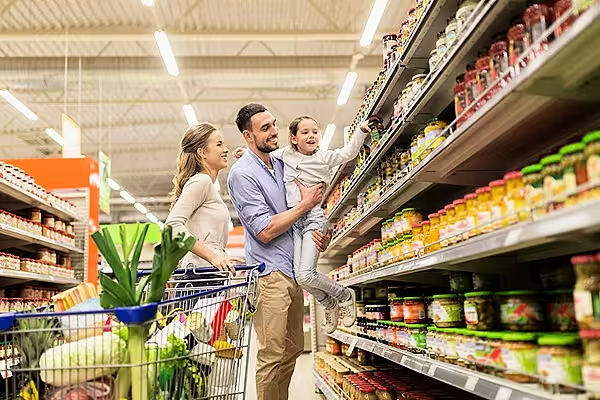The year 2020 saw FMCG sales in Italy achieve its highest level of growth in the past decade, peaking in March, when sales were more than 20% higher than the average.
In addition, the sector grew three times more in 2020 than in 2019, with value sales up 4.3% (+€4.0 billion in sales).
However, a year-on-year decline of 2.4% for the large-scale distribution sector is expected for 2021, due to the expectation of a recovery in the HoReCa segment, according to Nielsen data reported by Il Sole 24 Ore Radicor.
Retail Trends
Nielsen identified five trends that characterised the current year. This included growth in the discount (+8.1%) and supermarket channel (+6.7%), with both registering higher growth rates than the sector average (+4.3%). Significantly, the discount channel in Italy saw the second highest level of growth in Western Europe.
Drugstores (+7.2%) and independent stores (+5.8%) also saw growing sales in the past year. At the same time, though, large hypermarkets (-8.9%) and Cash & Carry outlets (-19.2%) both recorded negative trends.
E-commerce also boomed in 2020, growing by 117.3% (28 times the growth of physical channels), contributing 13% to growth in the food and 21% in the home and personal care categories.
Home Delivery and Click&Collect services saw an increase in sales of consumer packaged goods of over 500 million and 100 million respectively. Also, the number of shops that adopted Click&Collect/Locker and Drive-in services grew by 30%, while the number of area codes served by Home Delivery Services increased by 24%.
The third trend tracked by Nielsen is the fragmentation of sales: thanks to smart working, there has been a change in consumption locations, with shops in low-urbanisation areas growing faster (+6.7%) than those located in large cities (+0.3%).
Spending Habits
Spending habits also changed in 2020: ingredients for home cooking, alcoholic beverages and Health and Hygiene products were among Italian consumers' favourites. From brewer's yeast (+44%) to flour (+48%) and parapharmaceutical products (+239%), there was a change in the composition of the average basket.
Finally, faced with unclear employment and economic prospects on the horizon, Italian consumers have once again started to pay more attention to prices.
They have been more inclined to choose private labels (+9.3%), which have increased their FMCG market share to 28.4% (27.8% in 2019). After the end of the first lockdown, purchases in shops with higher price indices fell by 3%, while shops with relatively lower prices gained in popularity (+0.4%).
© 2020 European Supermarket Magazine – your source for the latest retail news. Article by Branislav Pekic. Click subscribe to sign up to ESM: The European Supermarket Magazine














